Twin models created by Soviet and foreign carmakers (PHOTOS)
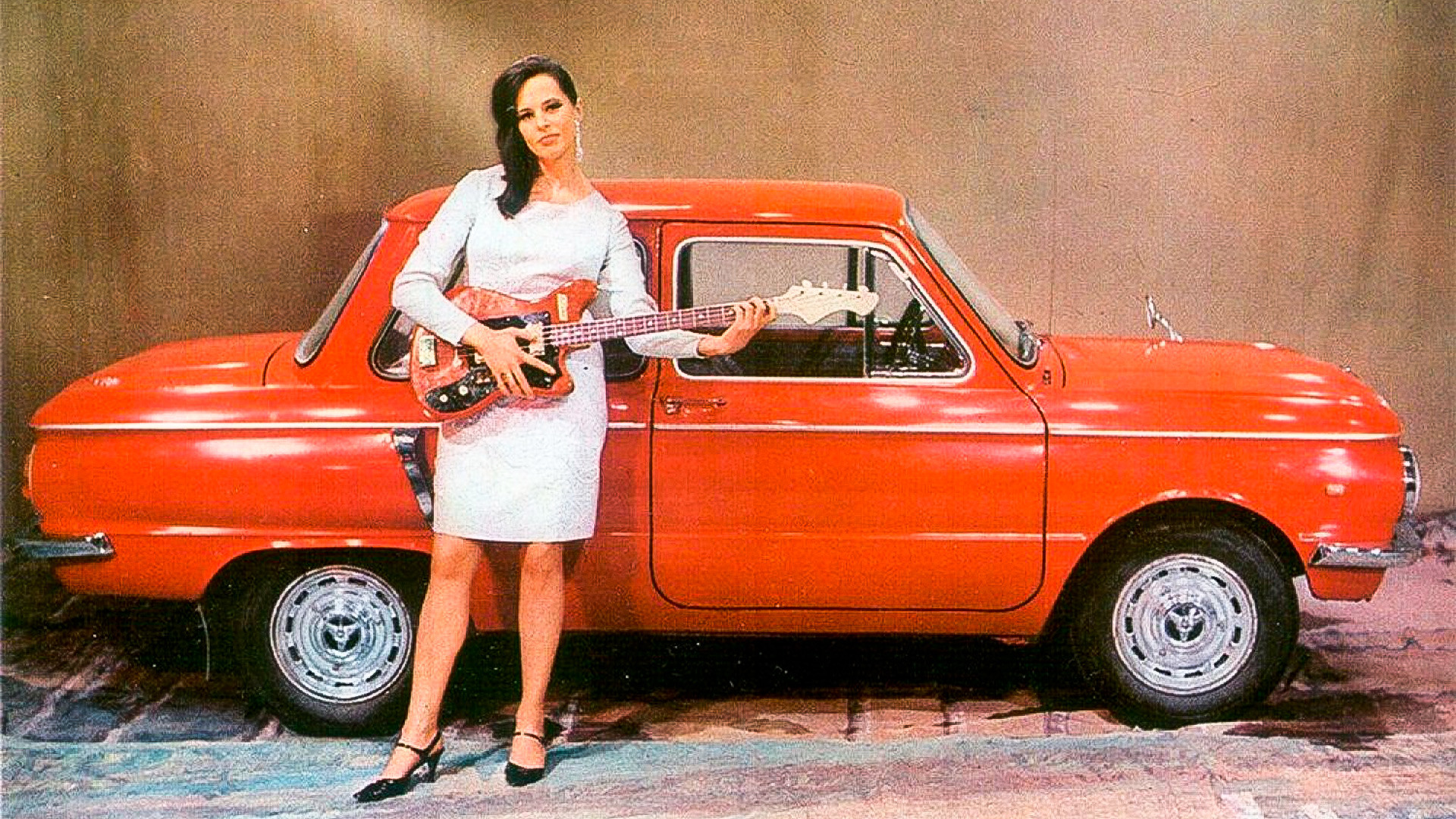
GAZ-А feat. Ford-А
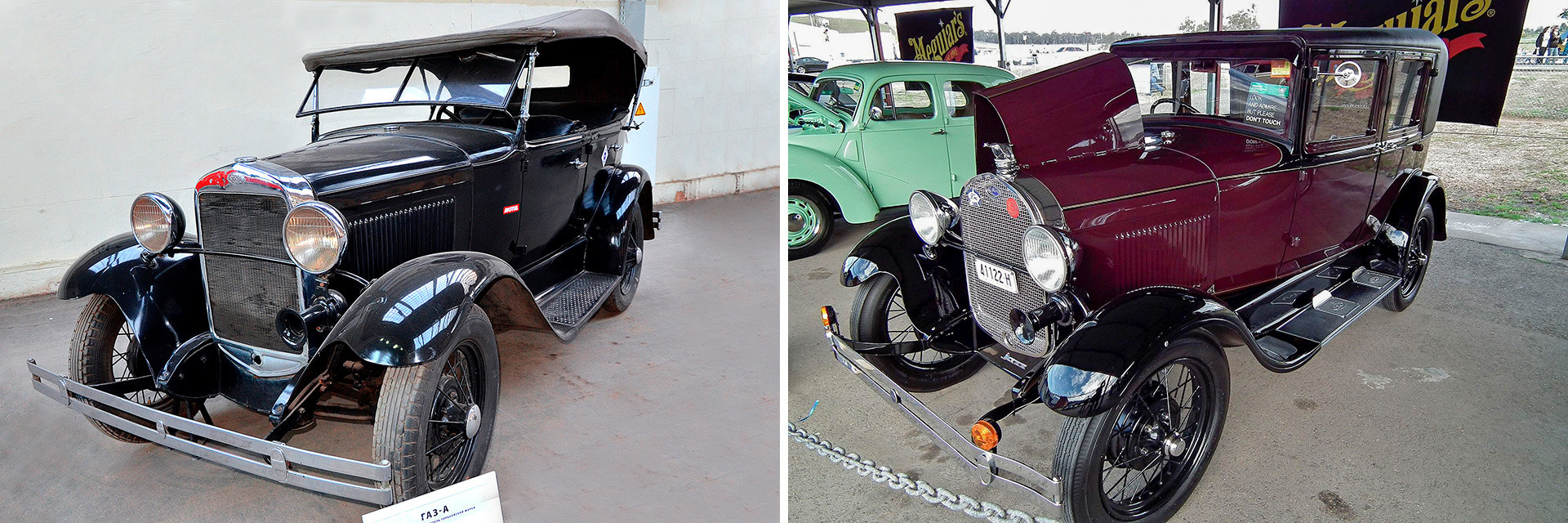
In 1929, the Soviet Union entered a period of industrialization. One of its first steps was signing an agreement with Ford Motor Company in the United States, envisaging the purchase of rights to all its existing technologies and future inventions over the next decade. The first car factory opened in Nizhny Novgorod. At first, it assembled Ford cars before going on to produce a Soviet copy under the name GAZ-A. “If you take a closer look, you will notice that even its logo uses the same font as its American prototype,” says Andrey Zimin from the UMMC Automotive Technology Museum. This model became the first car that was mass-produced in the USSR.
GAZ-М1 feat. Ford Model B 40A Fordor Sedan
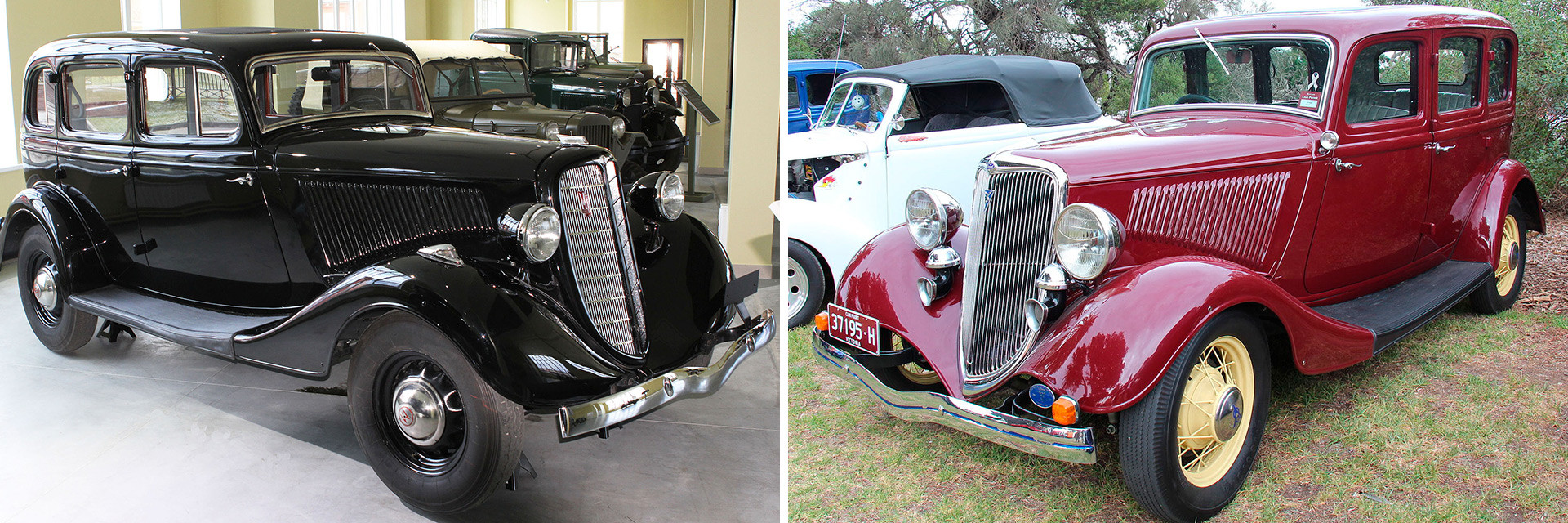
In 1936, the same Nizhny Novgorod plant started manufacturing the main Soviet police car, the GAZ-M1. Since police cars and vans were black at the time, this model was nicknamed the "black raven." "The GAZ-M1 was based on the Ford Model B 40A Fordor Sedan, although in terms of internal characteristics it was already a different design,” Zimin explains. “The main feature of the American model was an eight-cylinder engine. The GAZ-M1 was given a less powerful four-cylinder engine but a significantly stronger suspension."
L-1 feat. Buick 32-90
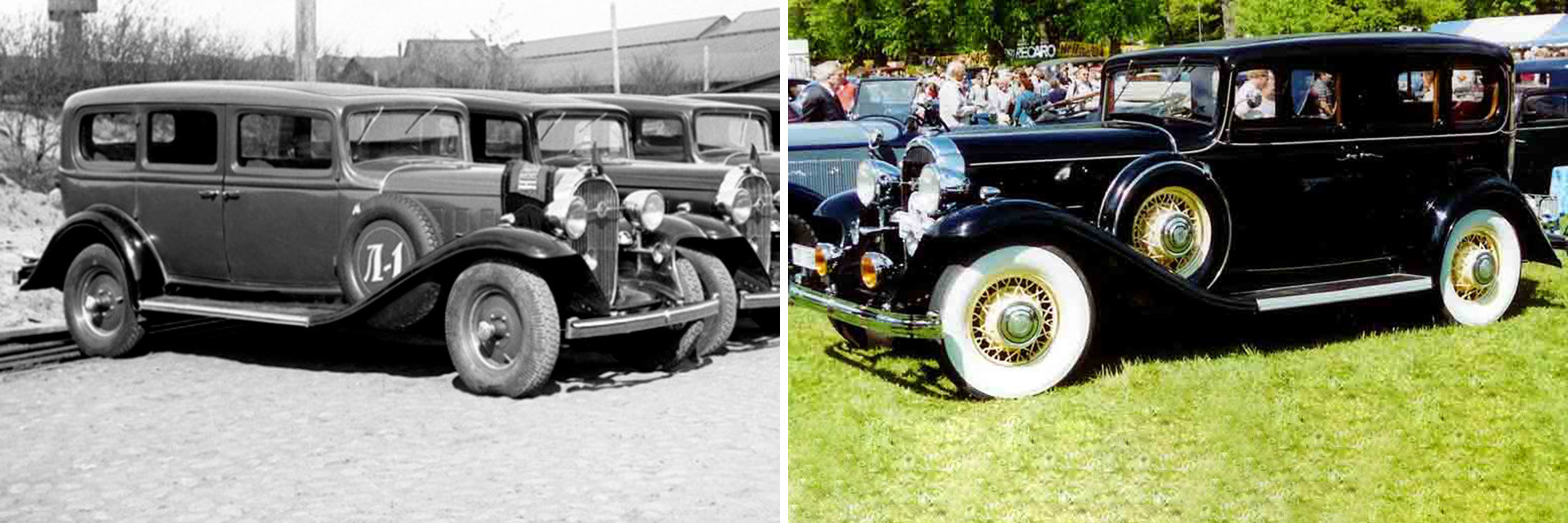
In 1933, an experimental batch of L-1, a copy of the American Buick 32-90 cars, was produced at the Leningrad plant. The model did not go to mass production, and soon the plant switched to manufacturing tractors and tanks. Meanwhile, the L-1 designs were handed over to the Stalin Plant in Moscow, which produced the first ZIS-101 Soviet limousine in 1936 .
ZIS-110 feat. Packard-120 1941
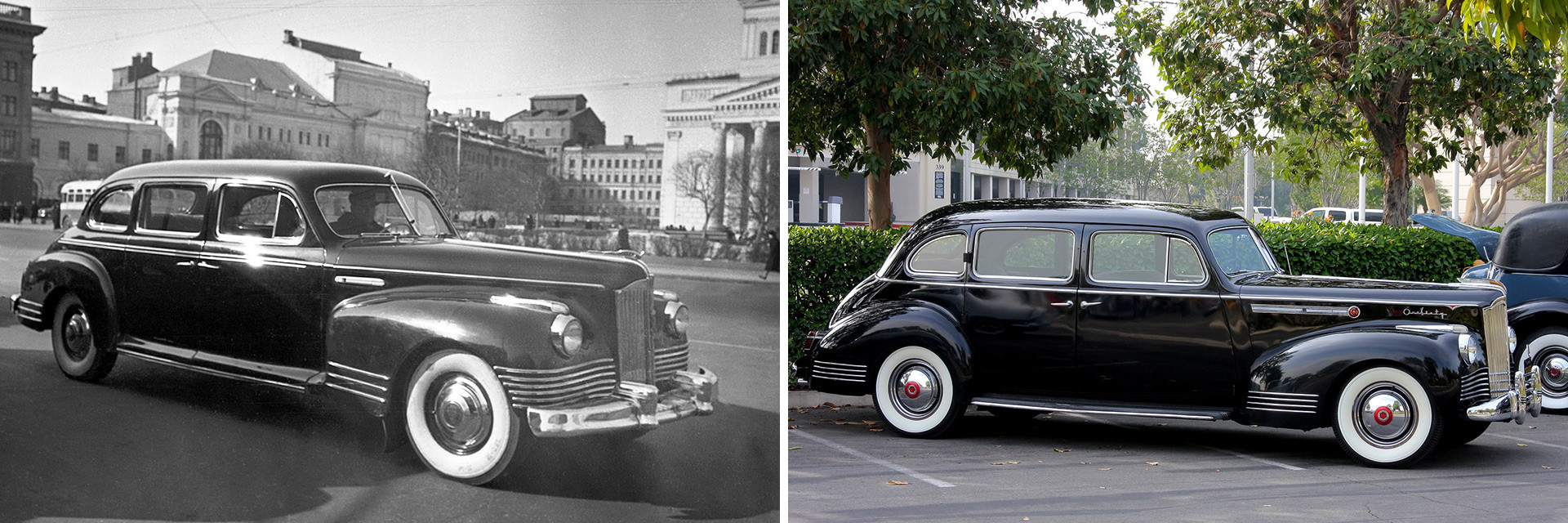
The ZIS-110 was created in 1945 and was very similar to the Packard-120 from 1941, only slightly larger, borrowing the look of “Stalin’s favorite brand” and then scaling it up. These cars were not just used for government needs. They also served as ambulances and were used as share taxis on the Moscow-Simferopol route.
ZAZ-965 feat. Fiat-600
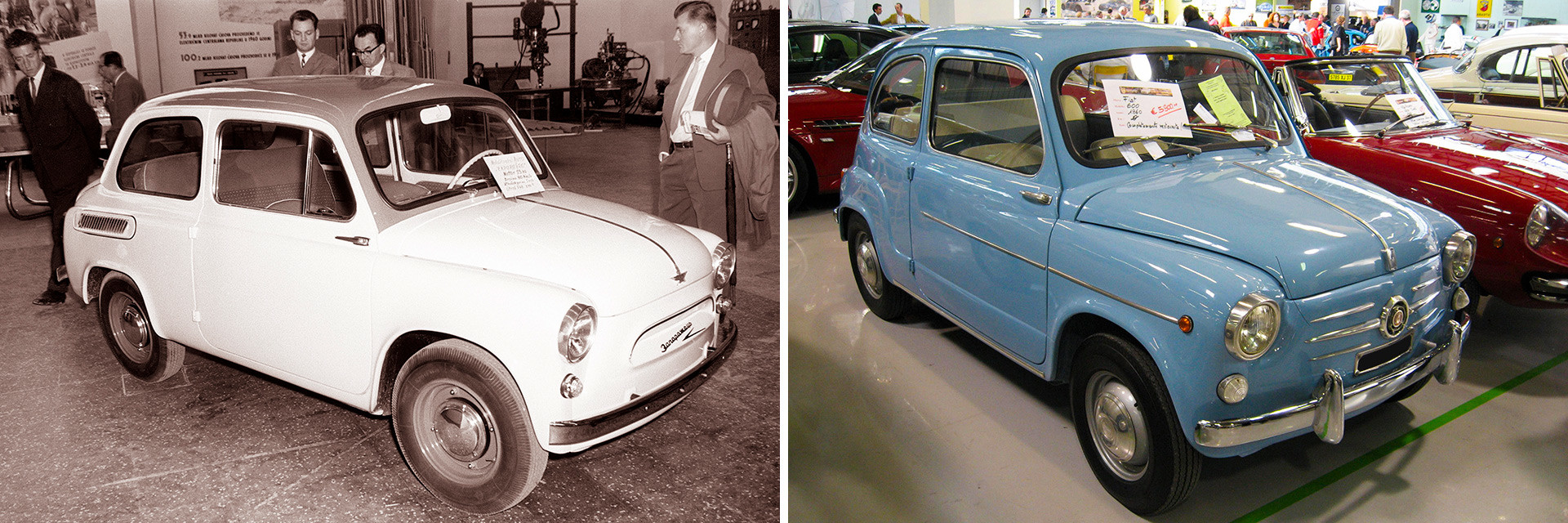
While they were developing limousines, Soviet designers continued to work on models for mass-produced cars. In 1960, the plant in Zaporozhye began manufacturing a small car called the Zaporozhets. Because of the peculiar rounded shape of its roof, the car quickly got nicknamed the “humpback." It is widely believe that the ZAZ-965 was based on the Italian Fiat-600. And rightly so given that several foreign cars were indeed purchased and actively tested while the Soviet model was in development.
ZAZ-966 feat. NSU Prinz 4 & 1959 Chevrolet Corvair
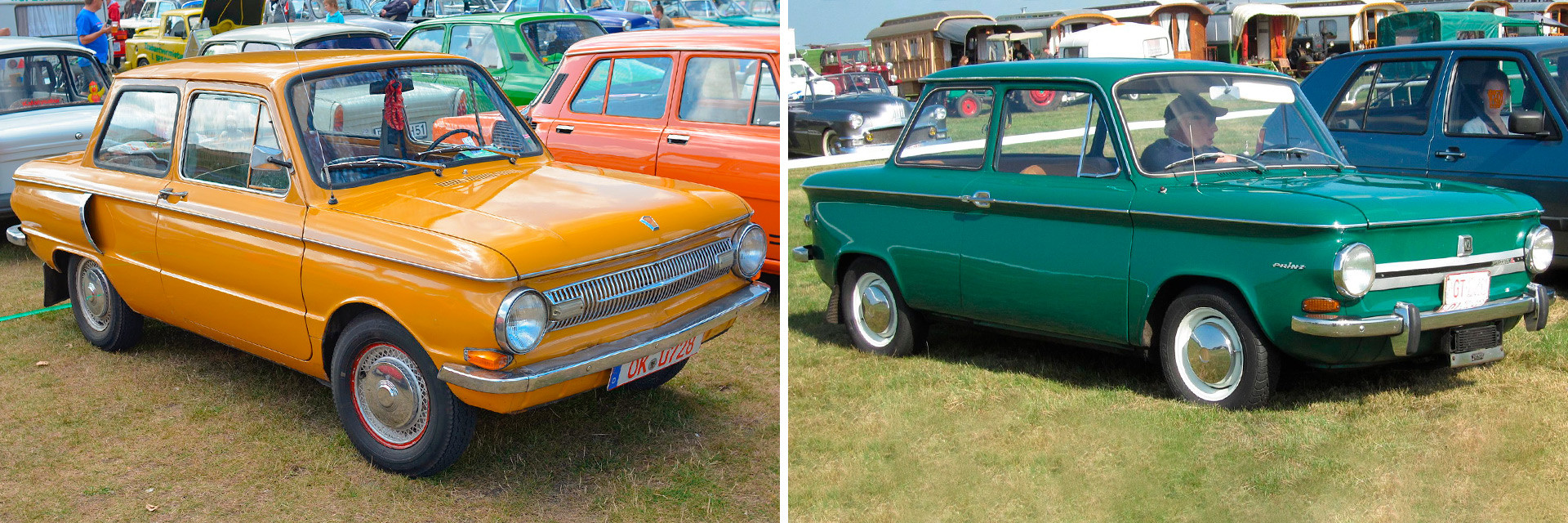
“Talk of someone copying something is endless. But those small cars were a reflection of the spirit of the time and a certain fashion,” Andrey Zimin says. “For example, the ZAZ-966 and the West German NSU Prinz 4 look almost identical. Both were released simultaneously in 1961. In fact, both were based on the 1959 Chevrolet Corvair. That is why each of them is different from the prototype, but are similar to each other.”
VAZ-2101 feat. Fiat-124
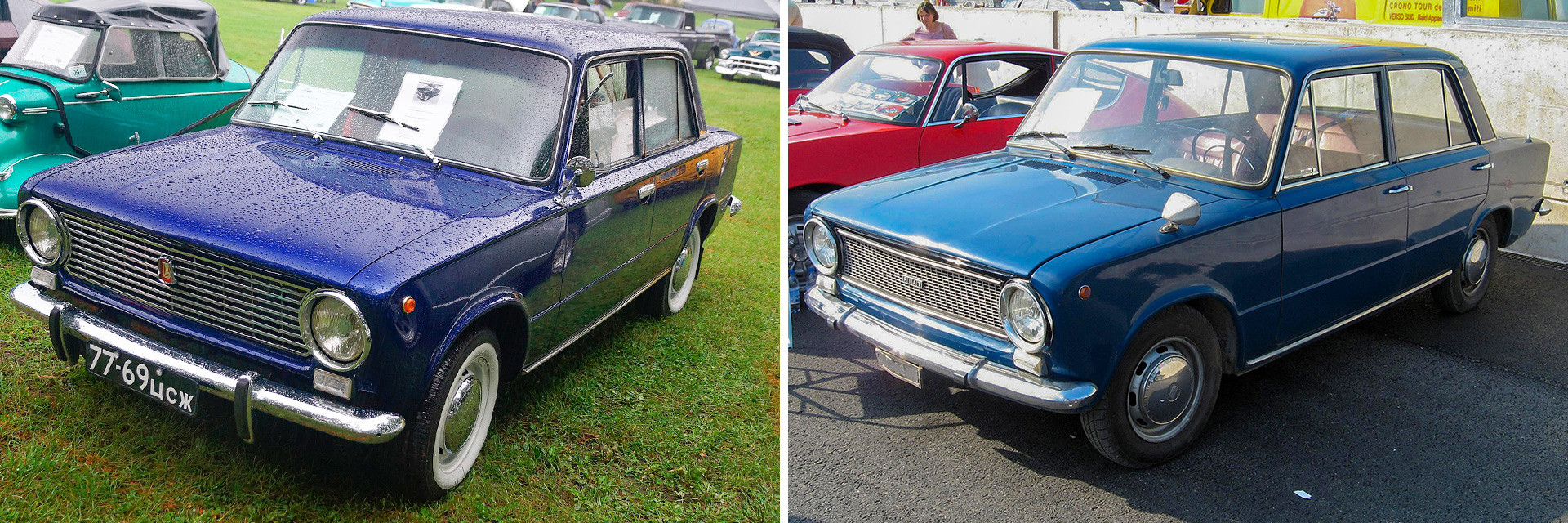
In the 1960s, the USSR still had a shortage of cars for ordinary people, and so foreign companies were brought in once again. A contract was concluded with the Italian factory Fiat, which proposed adapting its Fiat-124 model for the Soviet market. That was how the VAZ-2101, or Lada, came about. To manufacture the new car, the AvtoVAZ plant was built the southern Russian city of Tolyatti and began operating in 1970.
VAZ-2108 feat. SEAT Ibiza & Porsche 924
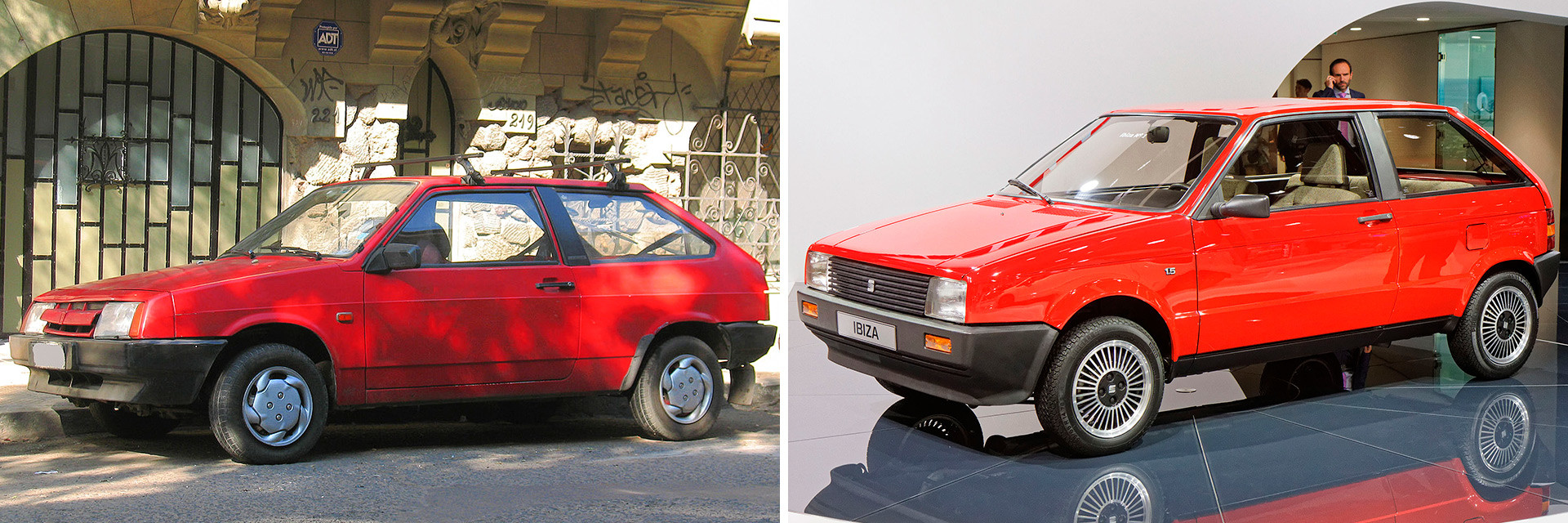
In 1980, the plant in Tolyatti collaborated with Porsche, whose specialists modified the engine and suspension and gave recommendations for the body structure of the first Soviet hatchback, the VAZ-2108 or Lada Samara. The reference point was the West German Porsche 924. But again, as was the case with the Zaporozhets, there is more far more similarity between two variations created on the same prototype. At that time, Porsche was collaborating not only with the USSR, but also with Spain and, as a result, the SEAT Ibiza and the Lada Samara look almost identical. The Soviet version was considered an inexpensive option for the middle class, but since engineers from a luxury brand participated in its creation, the model got the nickname “Porsche for the poor.”
If using any of Russia Beyond's content, partly or in full, always provide an active hyperlink to the original material.
Subscribe
to our newsletter!
Get the week's best stories straight to your inbox